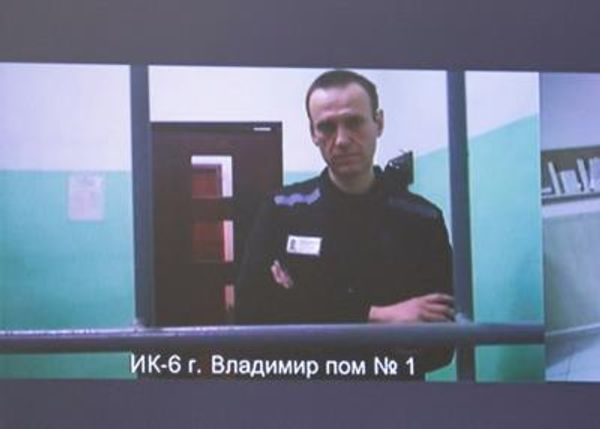
This week, the Victorian government backflipped on a promise to make bail laws fairer for children, weakened its commitment to raise the minimum age of criminal responsibility to 14, and announced it will trial electronic monitoring of children on bail.
It was a bad week for those of us working to help children have the opportunity to build good lives and make communities stronger and safer. But it also raised the question: who exactly is running justice policy in Victoria — our Parliament or our police force?
The reality of crime statistics
Aboriginal and Torres Strait Islander children are overpoliced and overincarcerated in Victoria, and these new Allan government measures will only entrench that disadvantage.
Over the past 20 years, the crime rate in Victoria has been on a downward trend, and during COVID lockdowns there was a marked decline. Crime rates are at historic lows — there has rarely been a safer time or place to live. That is why those who want to create scare campaigns about supposed crime rates always talk in percentages, given the raw numbers are so low, meaning even minor fluctuations read as large changes.
Children engaging in offending behaviour have incredibly complex issues that government and society are failing to help them with. Almost all Aboriginal children who come into contact with the legal system have had contact with the child protection system since they were three years old or younger. For most of them, this will include spending time in residential care prior to having contact with the criminal legal system.
Given the government has 10 years to help these children through the child protection system, why are we obsessed with punishing the child, rather than holding child protection and the government to account for not helping them? Why is the child labelled as the problem, the failure, the issue to be dealt with, while the system gets off scot-free?
Many of these offending children will have one or more cognitive impairments and probably other undiagnosed or untreated health conditions. They are more likely to have been expelled from school or become disengaged from their education.
When a child does not get the opportunity to grow up in a stable home with a stable income, when a child is not getting the healthcare or education they deserve, why do we so readily want to punish them and hide them away in a prison?
Age of responsibilty and bail
This Victorian government made a clear promise to raise the age of criminal responsibility to 14 years old by 2027. It promised to lead the nation on this reform, but it is already falling behind other jurisdictions and is seemingly hedging against fully committing to its former pledge.
Last week, Victorian Attorney-General Jaclyn Symes said on ABC Radio that the government’s previous commitment to raising the age of criminal responsibility to 14 would be subject to the results of to-be implemented “alternative service model”.
When pressed that this differed from the promise of former premier Dan Andrews, Smyes said, “We’re doing the work to get the alternative service model correct.”
Children also still face the same bail tests as adults in Victoria. The Allan government promised to change that by creating a specific bail test for children that would be fairer. It would have recognised children have a strong chance of rehabilitation if they can get stable housing, be reconnected to education and healthcare, and — for Aboriginal children — be reconnected to community and culture.
Forcing children to continue to face the same bail test as adults means many will never get the chance to be rehabilitated, and will be stuck in the criminal legal system for life.
Electronic monitoring of children will have the same impact. It will be incredibly stigmatising and inhibit their chances of being reconnected to the supports they need or to be reconnected to culture and community.
Investing in community
For Indigenous children, there are many Aboriginal community-controlled organisations that do their best to run support services for them and their families, to try and pick up the pieces where the government has failed. But our organisations are chronically underfunded by government and stuck in perpetual “pilot” cycles. We simply do not have the resources to help all of our children all of the time.
Instead of investing more money in Aboriginal organisations and communities so that our people can self-determine the best solutions for our children, the Allan government has chosen to invest in policing our children and imprisoning our children even more than they already do. This is in direct contradiction to its own policy of “self-determination”, the obligations it signed up to in the national Close the Gap agreement, and the truths it allegedly told the Yoorrook Justice Commission.
Given everyone knows what supports these children need, the government just needs to fund them properly. For our communities, the overpolicing and overincarceration of our people has long roots back to Stolen Generation policies, assimilation, and genocide of our people. By giving new life to this colonial legacy, the Allan government is putting Treaty at risk.
I want Premier Jacinta Allan to be the first leader to sign a Treaty in this nation, but the announcements that her government made this week will make this much harder than it already was. I hope she will own these decisions as a mistake and reverse them before they are implemented.






